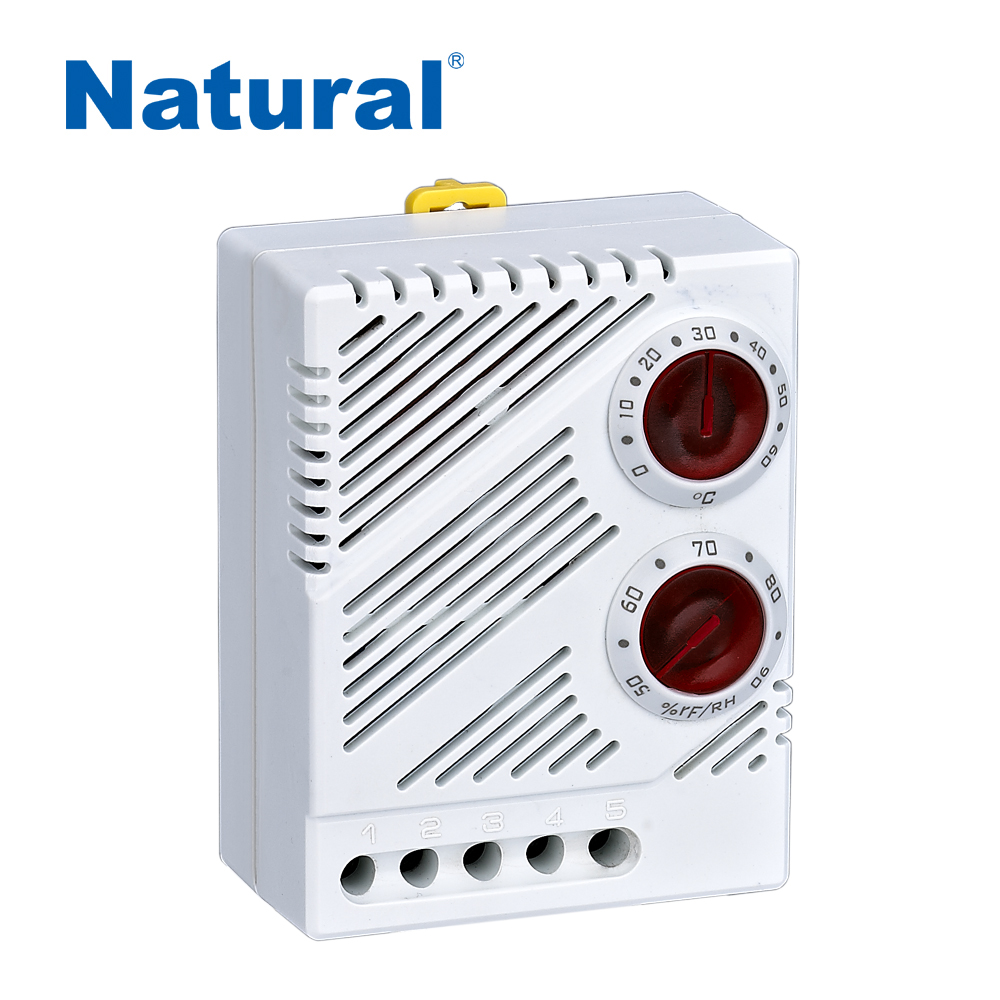In today’s rapidly advancing world of technology, electronic devices have become an integral part of our lives, even in the most unexpected areas. One such innovation is the Electronic Hygrostat, a device that plays a crucial role in regulating humidity levels. In this article, we will delve into the intricacies of the Electronic Hygrostat, exploring its functions, applications, and benefits.

What is an Electronic Hygrostat? An Electronic Hygrostat is a sophisticated electronic device designed to measure and control humidity levels in a specific environment. It operates by monitoring the relative humidity (RH) of the surrounding air and making necessary adjustments to maintain the desired humidity level. Unlike traditional hygrostats, electronic hygrostats offer a higher degree of accuracy and precision in humidity regulation. How Does it Work? Electronic hygrostats use sensors, typically capacitive or resistive, to measure the RH of the air. These sensors can detect even slight changes in humidity, making them highly reliable. Once the RH is measured, the hygrostat compares it to the pre-set target humidity level. If there is a discrepancy, the device triggers a connected humidifier or dehumidifier to add or remove moisture from the air until the desired RH is achieved. Applications of Electronic Hygrostats Electronic hygrostats find applications in various fields, ranging from industrial settings to everyday consumer products. Here are some key areas where these devices are employed: Climate Control in Homes:Electronic hygrostats are used in HVAC systems to ensure that indoor humidity levels remain comfortable and within the recommended range (typically between 30% to 60% RH). Maintaining the right humidity can improve air quality and prevent issues like mold growth. Greenhouses and Agriculture:In agriculture, precise control of humidity is essential for plant growth and crop yield. Electronic hygrostats help maintain optimal conditions in greenhouses by regulating humidity and preventing over-drying of soil. Pharmaceutical and Food Industries:These industries rely on controlled environments to store sensitive products. Electronic hygrostats help maintain the desired humidity levels in storage facilities, ensuring the quality and efficacy of medicines and the freshness of food products. Museums and Art Galleries:Museums and galleries use electronic hygrostats to protect valuable artworks and artifacts. Maintaining stable humidity levels helps prevent deterioration and damage to these priceless items. Industrial Processes:In manufacturing and industrial processes, maintaining specific humidity levels is crucial. Electronic hygrostats are used to control humidity in cleanrooms, production areas, and laboratories to ensure product quality and consistency. Benefits of Electronic Hygrostats The adoption of electronic hygrostats offers several advantages over traditional mechanical hygrostats: Accuracy:Electronic hygrostats provide precise humidity control, ensuring that RH levels are maintained within a narrow range. Energy Efficiency:These devices can optimize the operation of humidifiers and dehumidifiers, reducing energy consumption and operational costs. Remote Monitoring:Many electronic hygrostats come with remote monitoring and control capabilities, allowing users to adjust settings and receive alerts remotely. Data Logging:Some models offer data logging features, enabling users to track humidity levels over time for analysis and optimization. Maintenance Alerts:Electronic hygrostats can issue alerts when maintenance is required, ensuring that the device operates reliably. In conclusion, electronic hygrostats have revolutionized humidity control in various industries and everyday environments. With their precision, efficiency, and adaptability, these devices play a crucial role in ensuring optimal conditions for everything from artworks and crops to pharmaceuticals and manufacturing processes. As technology continues to advance, electronic hygrostats are poised to become even more integral to our lives, providing us with greater control over our surroundings and enhancing our quality of life.